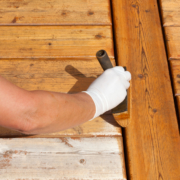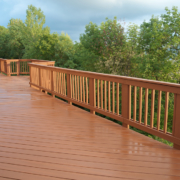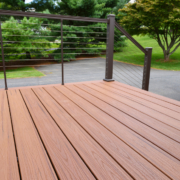3 Quick Tips for Inspecting Your Deck
Regular deck inspection should be part of your must-do’s as a homeowner and here are three quick tips that you can use when inspecting your outdoor living area:
Check for signs of mold and mildew growth
You can expect mold and mildew growth on your deck, especially if you don’t clean it regularly. But if you already notice fungus growing on your deck, you should consult qualified deck inspectors in California right away to address the problem because it can pose a serious health hazard to your family.
Look for any missing nails or screws
Being an extended living space, your deck should be able to stand on its own while still being firmly attached to your house.
The ledger board does this job, but when you see that there are missing screws or the board isn’t well fastened, you need to have it fixed right away before your deck separates from your house.
You should also look out for missing nails that could make your deck weaker and dangerous to stay in.
Inspect posts for signs of rotting
Finally, you have to make sure that all the posts in your deck have no signs of rotting. Over time, your deck may start to weaken because of constant exposure to the elements, which is why it’s best to have qualified deck inspectors in California over to make sure that everything is in good shape and to recommend any replacements or repairs if needed.
Deck Inspectors for Southern California is happy to offer our services in Los Angeles, Orange County as well as San Diego and all Southern California surrounding areas like: Glendale, Pasadena, Burbank, Santa Monica, Anaheim, Temecula, Vista, Escondido, Carlsbad, and El Cajon



